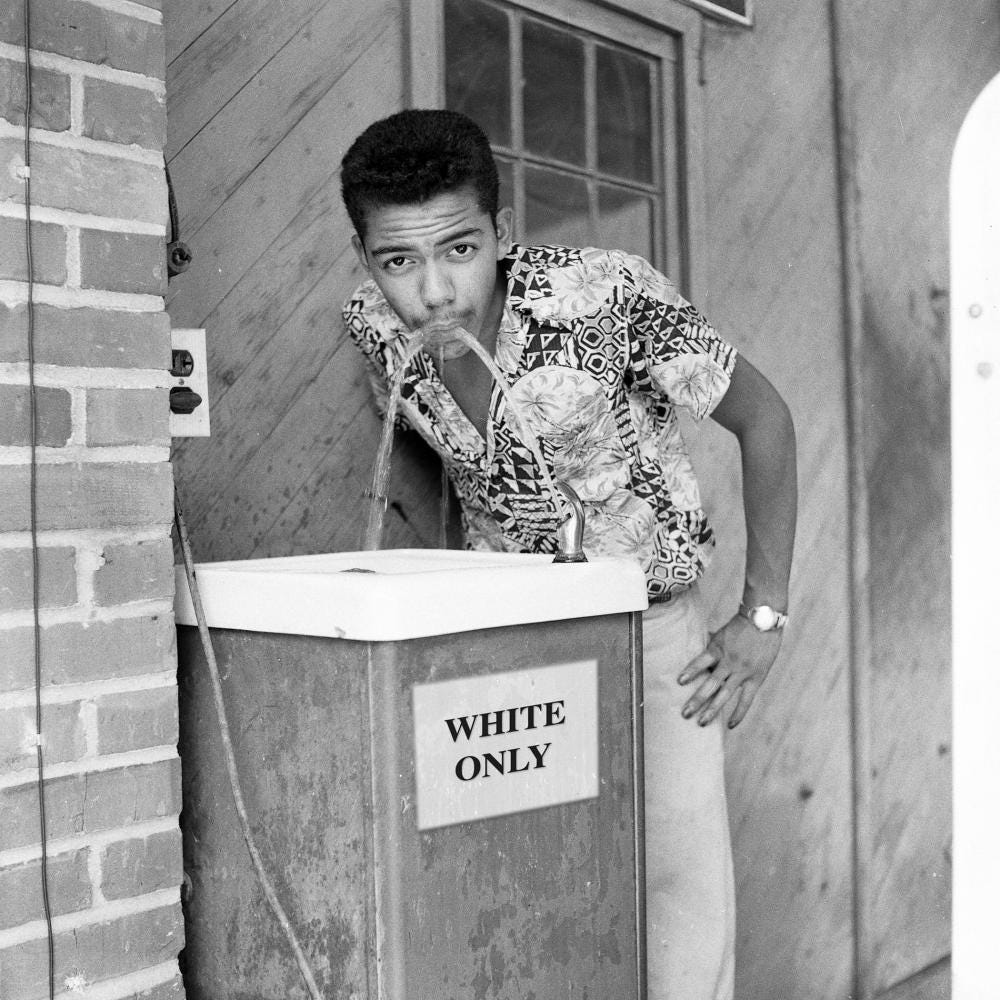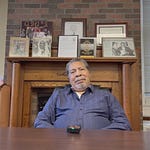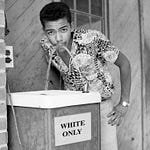Back when Martin Luther King Jr. was an unknown college student and Charles E. Prison inmate No. 22843 was still eating pork, Black South Carolinians launchedtarted an organized resistance campaign to fight institutional racism. Sarah Mae Flemming refused to move to the back of the bus a year and a half before Rosa Parks. Her lawsuit is what ended the Montgomery Bus Boycott. Brown v. Board of Education began with a lawsuit filed by a Clarendon County, S.C. family.
When members of the Black press began searching for someone to cover the organized resistance campaign bubbling in South Carolina, they found Cecil Williams.
Williams was born in Orangeburg, S.C., a few miles away from the family that filed the lawsuit that desegregated public schools. When he was 18, Jet Magazine hired Cecil to cover the not-yet-named “civil rights movement” bubbling in South Carolina. Aside from taking many of the most famous civil rights photos, he is also the namesake of the new Cecil Williams South Carolina Civil Rights Museum.
Williams sat down with me between sessions at the University of South Carolina’s Symposium of Media and Civil Rights History to discuss why South Carolina is the true birthplace of civil rights, how he became a world-renowned photographer and his journey documenting America’s first real democracy.
If our conversation seems a little uncomfortable, it’s probably because he’s trying not to refer to me as “Mikey.” Or maybe I’m just trying not to refer to him as “Uncle Cecil.” And just in case you’re wondering:
Yes, he tells the story behind that picture.














Share this post